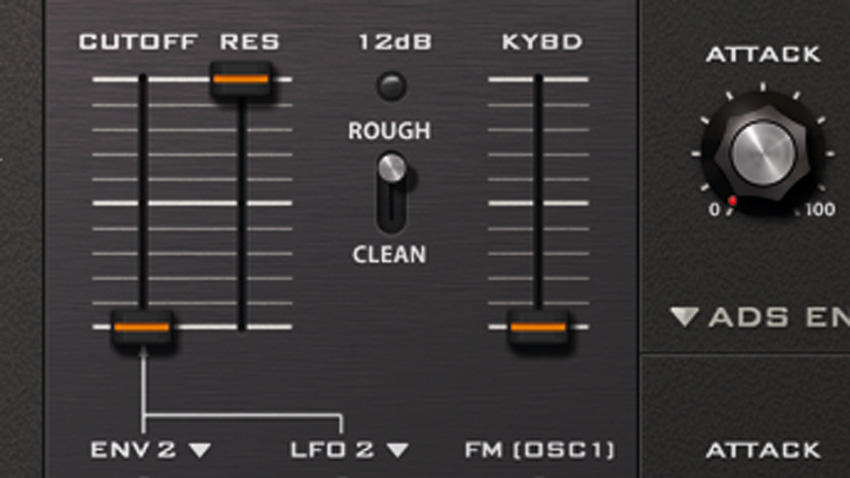How to control a self-oscillating filter
An essential part of subtractive sound design and FX creation

If you have a synth with a filter capable of self-oscillating, it can be a lot of fun pushing it to its max. A screaming resonant filter is probably more engaging than most plain oscillators and the patches generated generally fit nicely into any project.
There are plenty of things you can do with a self-oscillating filter. They're great for creating percussive zaps, sweeps and even deep bass-like tones. The real trick is learning how to control and modulate the output of the filter, and how to blend it in with your synth's oscillators
The best way to get started with this flavour of FX is to produce a simple wobble or sweep with a few modulation routings and some light processing. Once you've mastered that, you'll be able to create just about any sound you like with your new found sound source.
For much more on creating FX with synths, pick up Future Music 290, which is on sale now.

Step 1: Here, we'll take a brief look at how to instantiate and control a self-oscillating filter. We start with a straight-up saw wave oscillator being manipulated using a simple low-pass filter. The filter movement is automated so as to make the changes more evident later.

Step 2: The resonance is cranked to its maximum setting. Simultaneously turn the level of all other oscillators to zero. All you should hear now is the self-oscillating filter. The result in this case is the same automation, audible just with a very different resonant tone.

Step 3: Finally, try adding some noise to your new sound. This will make things sound a little grittier and a bit more analogue. Also try processing the patch with some reverb or delay.
Want all the hottest music and gear news, reviews, deals, features and more, direct to your inbox? Sign up here.
Future Music is the number one magazine for today's producers. Packed with technique and technology we'll help you make great new music. All-access artist interviews, in-depth gear reviews, essential production tutorials and much more. Every marvellous monthly edition features reliable reviews of the latest and greatest hardware and software technology and techniques, unparalleled advice, in-depth interviews, sensational free samples and so much more to improve the experience and outcome of your music-making.
